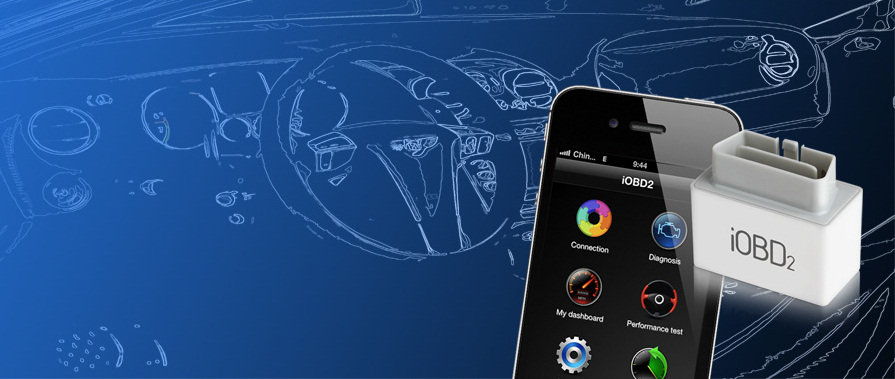Do you
know that if your car has a turbocharged engine, you can get turbo boost
pressure with iOBD2 although there is no a boost gauge on iOBD2? It is easy. Simply
read the MAP (Manifold Absolute Pressure) value, and then subtract 100Kpa and
you will get the boost pressure.
I didn’t
get this idea until one of our customers sent me a message. Here is the story.
A few
days ago, one of our customers sent me a message on our company Facebook page saying
he could not find boost gauge on iOBD2 as he mainly wanted to know the boost
pressure of his 2013 Hyundai Veloster Turbo. I said sorry to him that iOBD2 app
was designed according to the generic OBD II specification and a support for boost
gauge was not demanded in the specification. The next day he said his Veloster Turbo hit
202 KPa (which is too high) and wanted to confirm if there was problem with the
app or his car. This time I was confused. How did he get the 202Kpa as the app
did not have a boost pressure gauge? He told me that he got a max MAP value of 221Kpa but had been subtracting 100Kpa, so that
made a boost pressure of 121Kpa which is normal. Now I understood that the
202Kpa he got was a MAP value but not a boost pressure value.
Yet I
still want to know the theory behind it and the following was what I found from
volvoforums.com.


